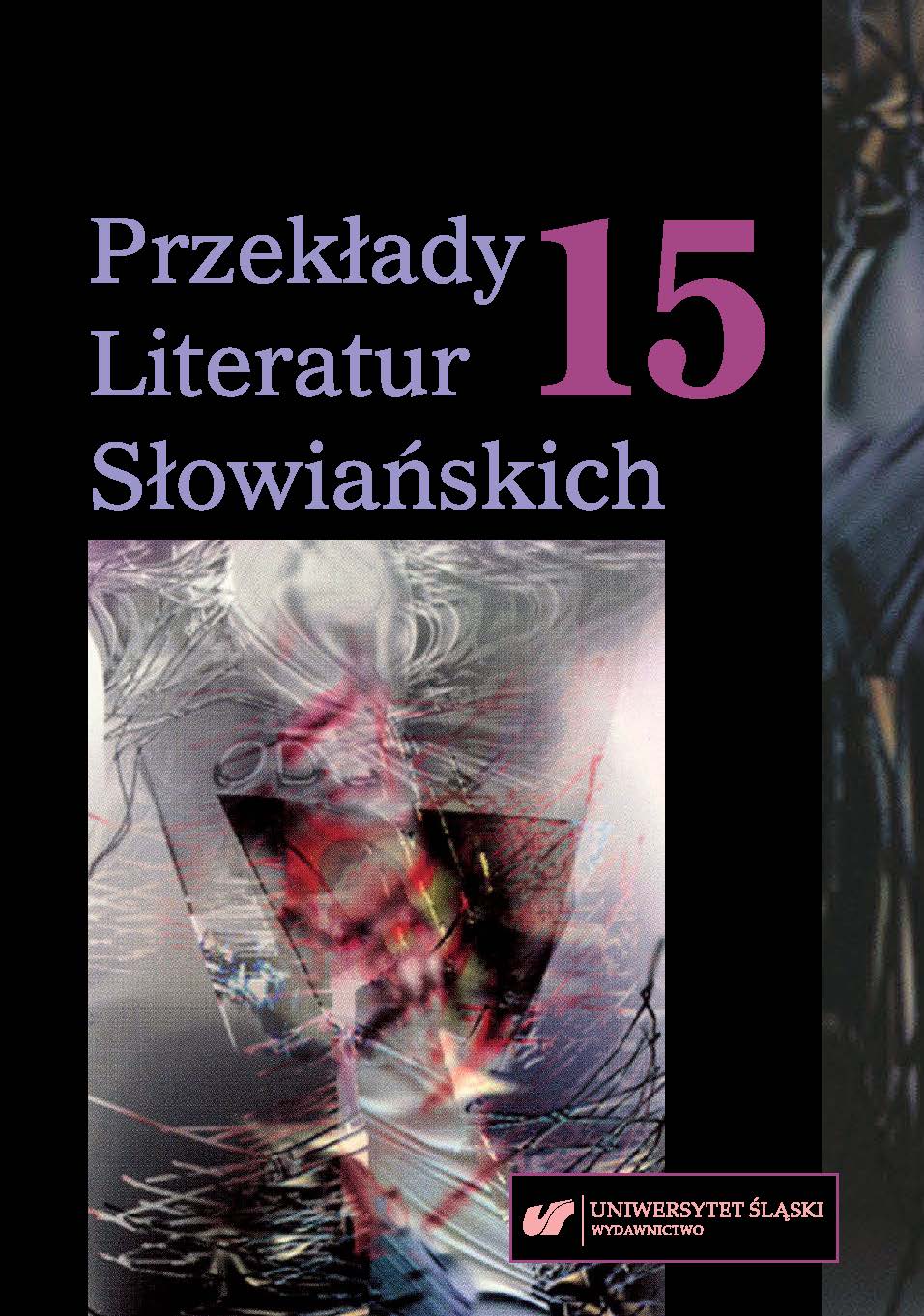

Tom 1, cz. 4: Bibliografia przekładów literatur słowiańskich (1990-2006), stanowi ostatnią część tomu pierwszego części 1 pt. Wybory translatorskie 1990-2006. Zarejestrowano w nim tłumaczenia z literatury czeskiej, słowackiej i macedońskiej w Polsce oraz odwrotnie, z literatury polskiej na języki czeski, słowacki i macedoński. Na końcu części ostatniej tomu pierwszego, czwartej, zamieszczono indeks autorów i indeks tłumaczy do wszystkich części bibliograficznych tomu pierwszego po to, by ułatwić czytelnikowi korzystanie z bibliografii oraz ułatwić wyciąganie wniosków na temat wyborów translatorskich. Tom pierwszy stanowi teraz całość zamkniętą, przedstawiając wzajemną recepcję literatur słowiańskich na poziomie udokumentowanych faktów, jak również w kontekście artystycznym, kulturowym, socjologicznym i psychologicznym oraz w perspektywie teoretyczno-krytycznej, stanowiącej przyczynek do teorii przekładu. Wnioski, jakie płyną z odnotowania aktywności translatorskiej i wydawniczej w różnych krajach słowiańskich, dotyczą nie tylko obecności literatury polskiej w innych kulturach słowiańskich, lecz również literatur innych narodów w kulturze i świadomości polskiej. Porównanie stopnia wzajemnego poznania się Słowian dostarcza materiału do badań nad komunikacją międzykulturową narodów i społeczności uznawanych stereotypowo za bardzo podobne, znające się i rozumiejące nawzajem.
Bibliography of Translations of Slavic Literatures (1990-2006)Volume 1, Part 4, is the final part of the first volume of part 1, entitled Translators’ Choices 1990-2006. It compiles translations from Czech, Slovakian and Macedonian literatures published in Poland, as well as of Polish literatures into Czech, Slovakian and Macedonian. At the end of the fourth and final part of Volume 1, the reader will find an authors’ index and a translators’ index with references to all the bibliographical parts of Volume 1, the goal being to provide assistance in the use of the bibliography and to facilitate inferences about translation choices. Volume 1 thus constitutes a finished whole which represents the mutual reception of Slavic literatures at the level of documented facts as well as in artistic, cultural, sociological, and psychological context and from the theoretical-critical perspective, which complements translation theory. Conclusions which can be drawn from the records of activity in translating and publishing in the various Slavic countries touch upon not only the presence of Polish literature in other Slavic cultures, but also the literatures of other nations in Polish culture and consciousness. Comparisons concerning the degrees of mutual knowledge among Slavs provide material for studies of intercultural communication between nations and communities stereotypically regarded as very similar and linked by bonds of familiarity and mutual understanding.

Том 15 (2025)
Опубликовано: 2025-12-19
 10.31261/PLS
10.31261/PLS